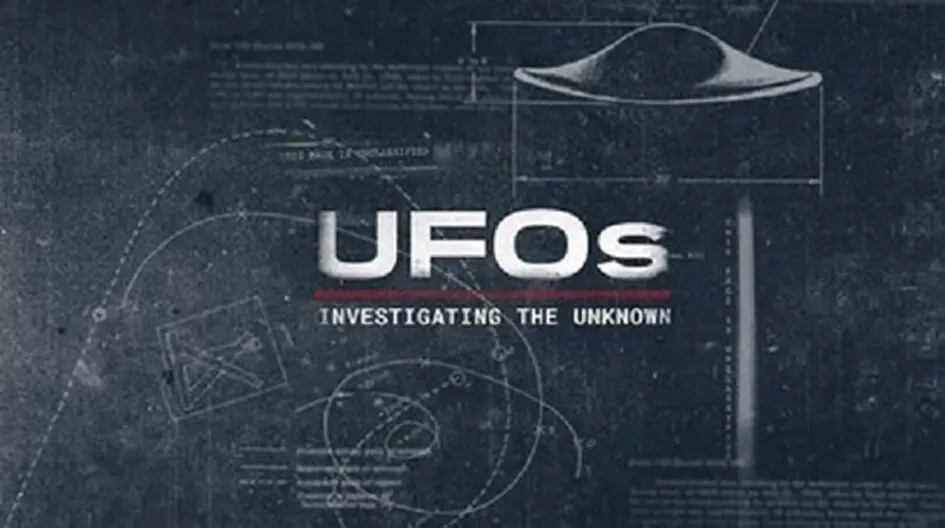For most of my life, National Geographic has been synonymous with picturesque far-away lands (sometimes featuring topless natives). Growing up, my family had a subscription that lasted for years. Every month we received that little, yellow-bordered magazine in the mail and every page swept me away to another place, bolstered by my imagination. I also remember watching so many nature documentaries produced by the company that aired on our local PBS channel.
Fast forward to the modern day and the National Geographic television network features a variety of topical shows, but this ain’t your father’s magazine (or average PBS program). In recent years, I’ve been pleasantly surprised with the Mars global event series, Valley of the Boom was even better as fictional documentary series, The Hot Zone was infectious and occasionally SharkFest took a bite of my attention, but a recent program totally threw a curveball at my expectations.
When I saw UFOs: Investigating the Unknown aired recently on the channel, I was thinking it had finally abandoned its educational roots and started leaning into society’s popular culture for some of its programming choices. After watching the five-episode limited series, I wasn’t exactly wrong in my assumption, but it still wasn’t what I was expecting.
With a title like Investigating the Unknown, I realized the topic of UFOs (the preferred label is now “Unidentified Aerial Phenomenon”) would be discussed in-depth, I just had no idea the camera lens would actually focus more on the investigators than the main topic at hand. That was somewhat of a letdown, but there were some interesting nuggets of information squished into the scrolling infotainment throughout.
Episode 1 exposed the U.S. government’s secret Pentagon program, the Advanced Aerospace Threat Identification Program, which former Counterintelligence Agent Luis D. Elizondo played a big role as a whistle blower. By now, the black-and-white videos recorded from fighter pilots leaked by Luis have already aired just about everywhere, but Elizondo provided some informed commentary that made it noteworthy.
The exploits of astronomer-turned-Project Blue Book debunker Dr. J. Allen Hynek come into focus next, who received props from his government-sponsored role of disproving the unusual in the face of mounting evidence and witness testimony throughout the years. His legacy feels questionable, at best, as he promptly changed his tune once the government program ended in 1969.
“Citizens Take Charge” was the most interesting episode in the group, featuring independent investigative journalist Leslie Kean. After receiving decades of ridicule for reporting on the paranormal, she defied the odds by prevailing, eventually breaking the government’s secret shadowy program in a front-page New York Times exclusive. Her hard work paid off, as she rounded up multiple military pilots, international high-ranking officers and former Sen. Harry Reid for a press conference in hopes of transparent disclosure by the government. That gamble may not have proved successful in the short term, but it may foreshadow what’s to come in the future.
“Many conspiracy theories begin with a kernel of truth…”
So, after watching all five episodes, how does this programming differ from just about anything else on basic cable? Well, there’s not a whole lot. Many of the known heavy hitters are here — both political and non — who have appeared on many other shows. Former White House Chief of Staff John Podesta has a high profile within these reports, all the way to Theoretical Physicist Dr. Michio Kaku.
It is good to know that New York Senator Kirsten Gillibrand of the Senate Armed Services Committee will continue fighting the good fight, while The Galileo Project attempts to identify interstellar unknown projects. But now that the government has acknowledged these things are real, what’s the logical next step?
The topics are somewhat dry, although nothing really groundbreaking is offered for those in the know. It’s mostly all been shown before, but the archive footage is still pretty great.
I was mostly drawn to this series due to the main topics, which are unusual to air on National Geographic. Maybe a change has come to the network previously known for its nature documentaries. I look forward to more out-of-the-box shows in the future…
“We should never be afraid of what we don’t know…”
